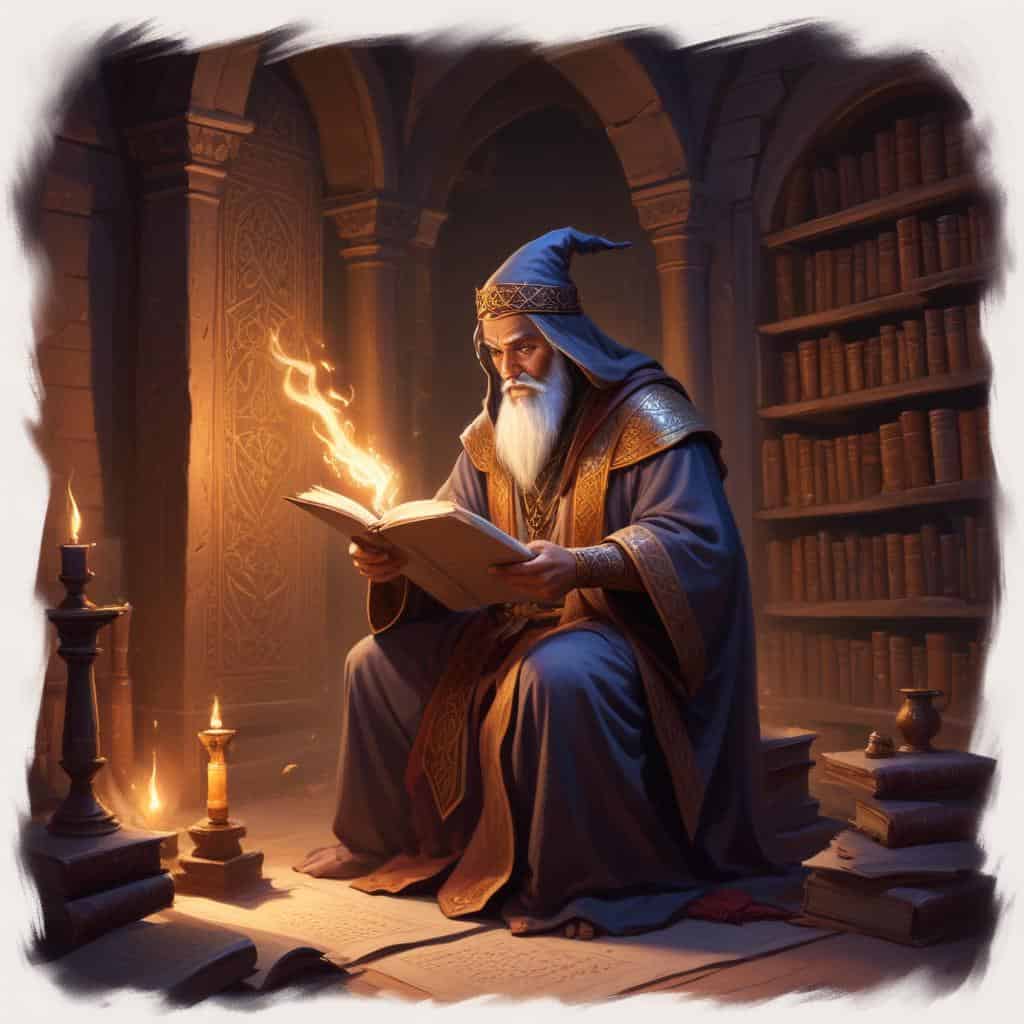The Qin Dynasty ruled China from 221 to 206 BCE. It was the first imperial dynasty of China. The dynasty was founded by Qin Shi Huang, who unified China and standardized laws, currencies, and measurements. The Qin Dynasty also built the Great Wall of China and the Terracotta Army. It was known for its strict legalism philosophy and harsh rule. The dynasty came to an end due to internal rebellions and power struggles.
Summary List
- The Qin Dynasty ruled China from 221-206 BCE.
- It was the first dynasty to unify China under a centralized government.
- Emperor Qin Shi Huang is known for building the Great Wall of China.
- The dynasty standardized currency, weights, and measures throughout the empire.
- The Qin Dynasty is known for its harsh legal system and strict rule.
Games And Apps
Learning Modules
Emperor Qin Shi Huang Ascends the Throne (221 BCE)
Emperor Qin Shi Huang, known for unifying China and constructing the Great Wall, ascends the throne in 221 BCE. His powerful rule and controversial methods shaped the foundation of the Qin Dynasty, leaving a lasting legacy that would impact Chinese history for centuries to come.
I Want To Learn This!The Unification of China (221 BCE)
The Unification of China in 221 BCE marked the end of the Warring States period and the beginning of the Qin Dynasty. Led by the ambitious ruler Qin Shi Huang, the unification brought about political, economic, and cultural reforms that laid the foundation for the future of China.
I Want To Learn This!The Construction of the Qin Canal (221 BCE)
The Construction of the Qin Canal in 221 BCE revolutionized transportation and irrigation in ancient China. This ambitious project connected the Yellow and Yangtze Rivers, facilitating trade and agricultural development. Discover the engineering marvel that transformed the landscape and shaped the history of the region.
I Want To Learn This!The Xiongnu Invasion (215 BCE)
In 215 BCE, the Xiongnu, a fierce nomadic tribe from the steppes of Central Asia, launched a massive invasion into the Chinese territory, threatening the stability of the Qin Dynasty. With their superior cavalry and strategic military tactics, the Xiongnu posed a formidable challenge to the Chinese forces.
I Want To Learn This!The Great Wall Construction Begins (214 BCE)
In 214 BCE, the construction of The Great Wall of China began. This monumental project spanning over thousands of miles was initiated by Emperor Qin Shi Huang to protect his empire from invasions. It stands as a symbol of ancient Chinese engineering and remains a UNESCO World Heritage site today.
I Want To Learn This!The Burning of Books and Burying of Scholars (213 BCE)
In 213 BCE, the tyrannical Emperor Qin Shi Huang ordered the burning of countless books and the burial of hundreds of scholars alive. This brutal act aimed to suppress dissent and control knowledge. The tragic event marked a dark chapter in Chinese history, but also sparked a renewed commitment to preserving and valuing knowledge.
I Want To Learn This!The Death of Emperor Qin Shi Huang (210 BCE)
As the first emperor of China, Qin Shi Huang's death in 210 BCE sparked chaos and power struggles among his successors. With a legacy of brutal conquests and monumental achievements, his passing marked the end of an era and the beginning of a new chapter in Chinese history.
I Want To Learn This!The Rebellion of Chen Sheng and Wu Guang (209 BCE)
In 209 BCE, Chen Sheng and Wu Guang led a rebellion against the oppressive Qin Dynasty, sparking a revolution that would eventually lead to the fall of the dynasty and the founding of the Han Dynasty. Their bravery and determination inspired countless others to rise up and fight for their freedom.
I Want To Learn This!The Fall of the Qin Dynasty (206 BCE)
The Fall of the Qin Dynasty in 206 BCE marked the end of a short-lived but impactful era in Chinese history. Characterized by ruthless rule and widespread rebellion, the downfall of the Qin Dynasty paved the way for the emergence of the Han Dynasty, which would shape China's future for centuries to come.
I Want To Learn This!Qin’s Terracotta Army Unearthed (197 BCE)
In 197 BCE, Qin's Terracotta Army was unearthed in China, revealing a stunning archaeological wonder of over 8,000 life-sized soldiers, horses, and chariots. This incredible discovery sheds light on the military might and advanced craftsmanship of the Qin dynasty, captivating historians and tourists alike.
I Want To Learn This!












